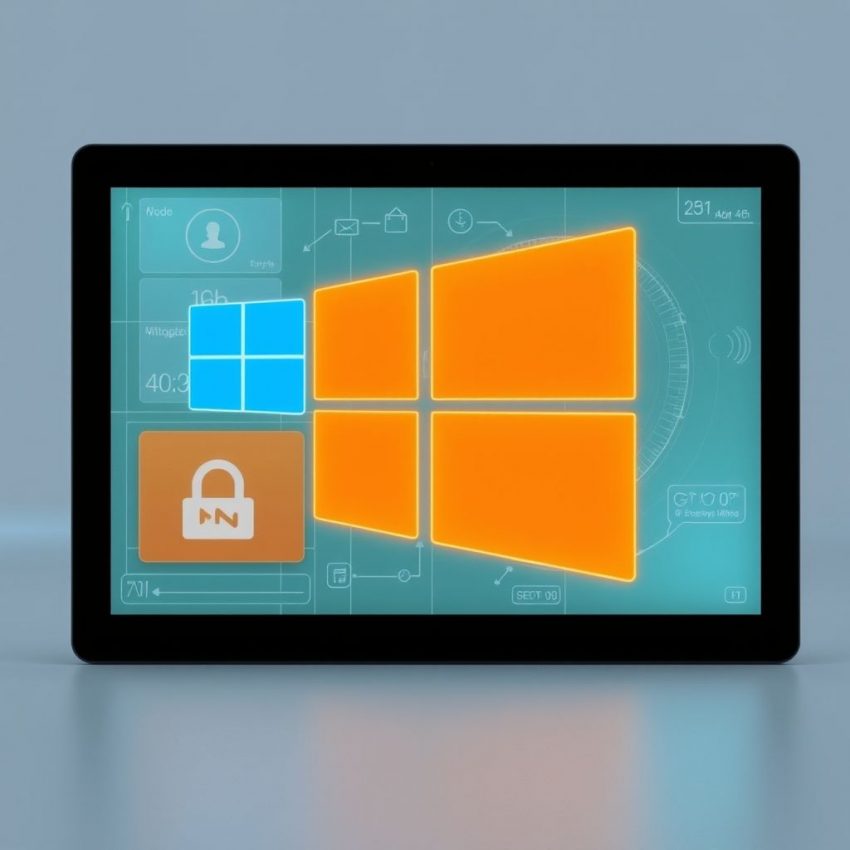Windows' Next Leap: A Future Where Your PC Sees, Hears, and Understands You
Microsoft recently dropped a tantalizing teaser about the future of Windows, hinting at a significant shift in how we interact with our computers. Gone are the days of purely keyboard and mouse interactions. The future, according to Microsoft, involves a Windows experience that's deeply integrated with our senses and voices. Their statement – "The computer will be able to see what we see, hear what we hear, and we can talk to it" – paints a picture of a dramatically more intuitive and responsive operating system.
This isn't just about incremental improvements. We're talking about a fundamental change in the relationship between user and machine. Imagine a Windows that:
-
Understands context: Your computer, equipped with advanced AI and sensory input, understands not just your commands, but the situation. Are you working on a presentation? It might automatically adjust settings, pull up relevant files, and even suggest helpful tools. Are you watching a movie? It seamlessly integrates with your entertainment system.
-
Responds to your environment: Imagine dictating a document while walking around your home office, the system automatically adjusting the screen brightness based on the ambient light. Or, a system that understands when you're in a meeting and automatically silences notifications.
-
Transcribes and interprets everything you see and hear: Need to quickly transcribe a meeting? The computer does it automatically. Seeing an unfamiliar object? The system can instantly identify it using image recognition. This goes far beyond simple voice-to-text; it's about comprehensive contextual understanding.
-
Offers proactive assistance: The system anticipates your needs before you even articulate them. Need to schedule a meeting? It pulls up your calendar and suggests optimal times based on your routine and colleagues' availability. Running low on battery? It suggests power-saving modes or reminds you to plug in.
While the specifics remain shrouded in mystery, this teaser suggests Microsoft is leaning heavily into AI and sensory technologies to redefine the Windows experience. This could involve deeper integration with features like Windows Hello (for biometric authentication), advanced microphone and camera capabilities, and even the integration of third-party devices and applications.
The Challenges Ahead:
This ambitious vision also presents significant challenges. Concerns about privacy are paramount. How will Microsoft ensure the responsible collection and use of sensitive data gathered through visual and auditory inputs? Transparency and user control will be crucial to building trust.
The technical hurdles are also substantial. Developing AI capable of accurately interpreting complex visual and auditory information in diverse environments is a major undertaking. Ensuring seamless integration and performance across a wide range of hardware will also require significant engineering effort.
Despite these challenges, Microsoft's vision represents a bold step towards a truly intuitive and personalized computing experience. The future of Windows looks set to be one where the line between human and machine becomes increasingly blurred – but hopefully in a way that empowers users rather than overwhelming them. We eagerly await further details and the eventual unveiling of this transformative technology. What are your thoughts? Share your predictions and concerns in the comments below!
Don’t miss out on this exclusive deal, specially curated for our readers! Cheap IONOS Web Hosting
This page includes affiliate links. If you make a qualifying purchase through these links, I may earn a commission at no extra cost to you. For more details, please refer to the disclaimer page. disclaimer page.

